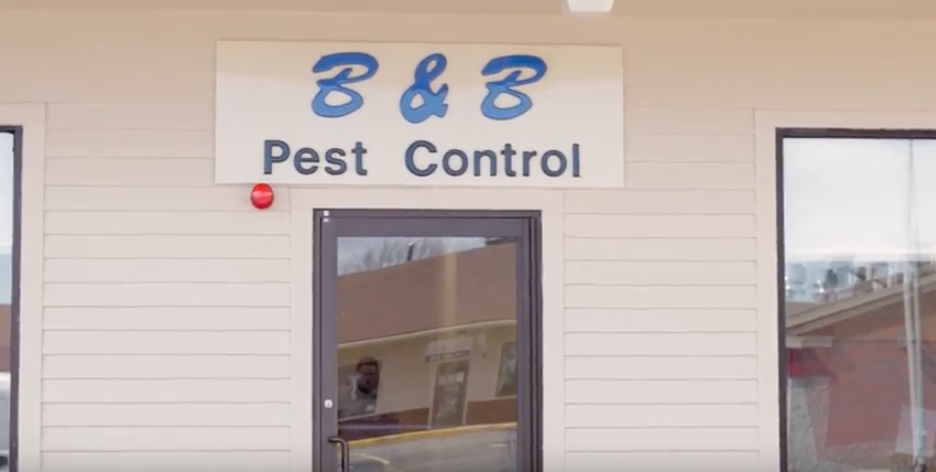Many residential homes have certain structural defects that ultimately give rise to conditions that are conducive to subterranean termites. For example, ventilation openings on foundation walls that are too small and/or are not evenly spaced can cause dead air pockets to form within crawl spaces. These dead air pockets give rise to humid conditions that are conducive to subterranean termites, as well as other wood destroying insect pests, such as powderpost beetles and carpenter ants. Allowing vegetation to grow wild in front of ventilation openings, or shrubs that are too close to ventilation openings impede air circulation within crawl spaces, which also promotes humid conditions. In order to reduce humidity within crawl spaces, it is sometimes necessary to place fans on ventilation openings, and in some cases, running a dehumidifier within crawl spaces is the only way to eliminate humidity and dry out soil.
It is important for homeowners to recognize how certain features of yard landscapes can ultimately make homes vulnerable to subterranean termite infestations. If the ground surrounding homes slopes inwards, allowing rainwater to flood around foundations, the soil will remain constantly moist, which attracts moisture-loving subterranean termites. The soil in crawl spaces must remain as dry as possible in order to prevent rising water vapor from absorbing into substructural wood. If soil within crawl spaces is chronically moist, a four to six mm plastic vapor barrier can be laid over crawl space soil. Vapor barriers should cover 80 percent of the ground surface within crawl spaces so as to allow the outer border to remain uncovered so that vapor can escape through ventilation openings. If a home’s exterior walls are covered in rigid board insulation, synthetic stucco, stucco or other cosmetic materials that dip below the soil, moisture will rapidly build up within wall voids, leading to moisture saturation in structural wood, and eventually, subterranean termite infestations. Exterior cosmetic materials that make contact with the ground soil will also hide signs of subterranean termite activity, such as termite-damaged materials, mud spots, and mud tubes that termite workers construct to access above ground structural wood.
Do you know if the moisture content in your crawl space is ideal for termite prevention?

